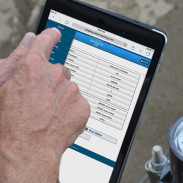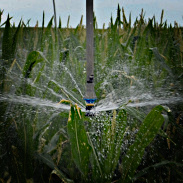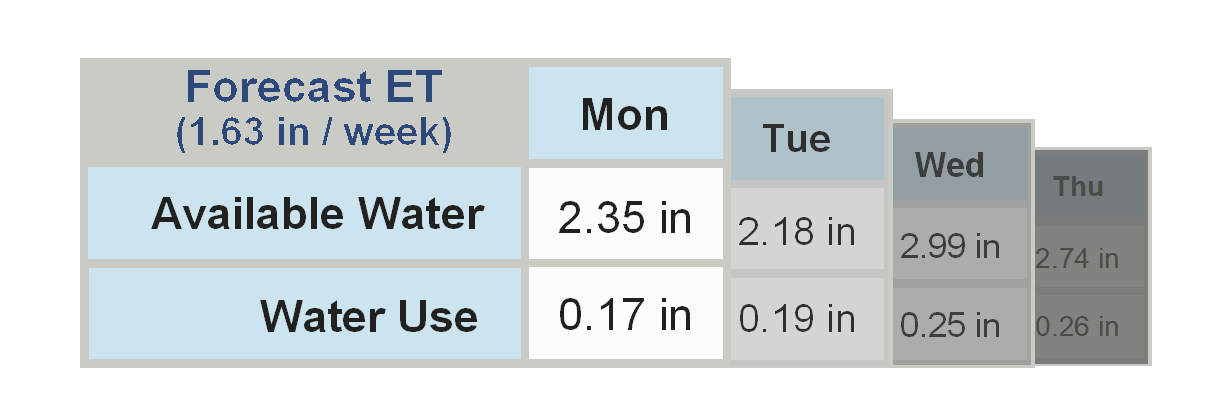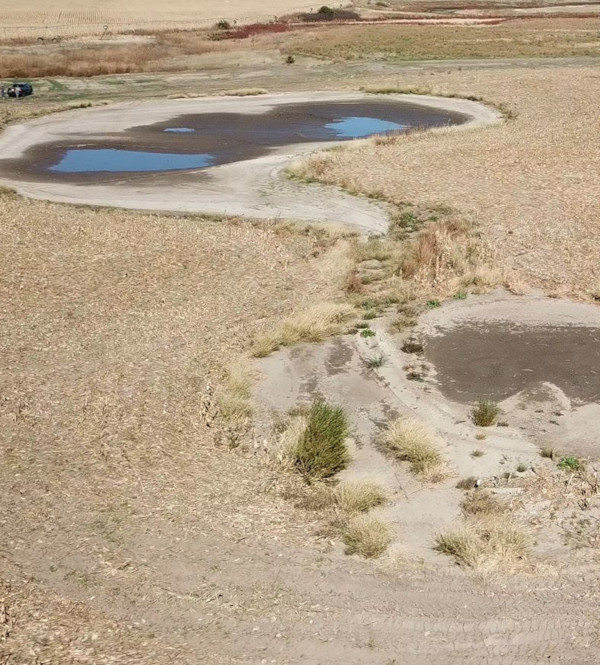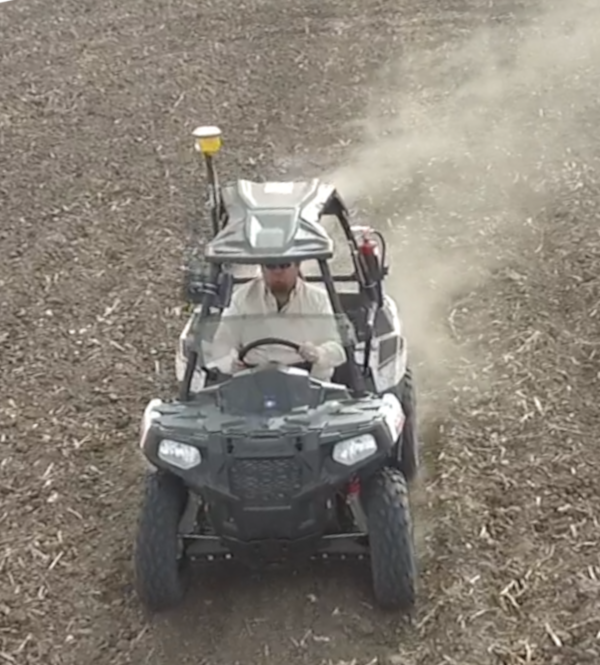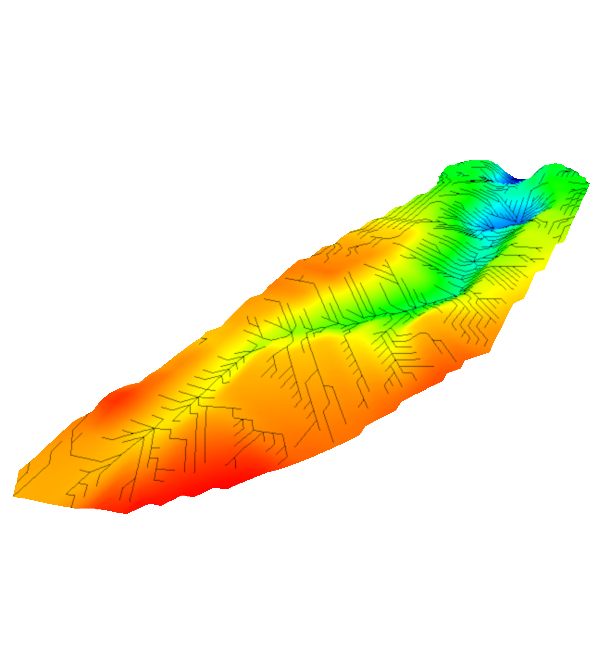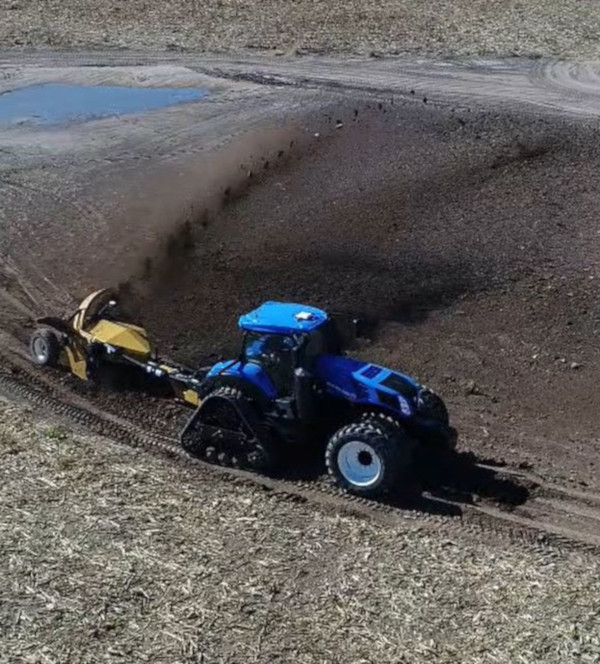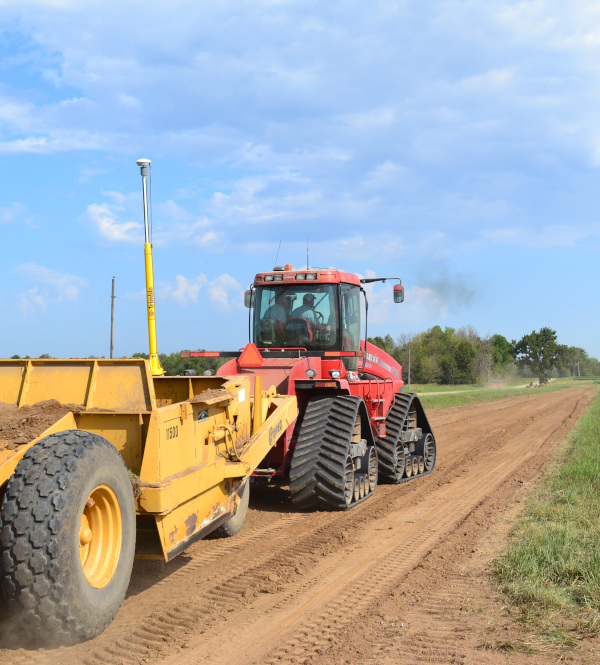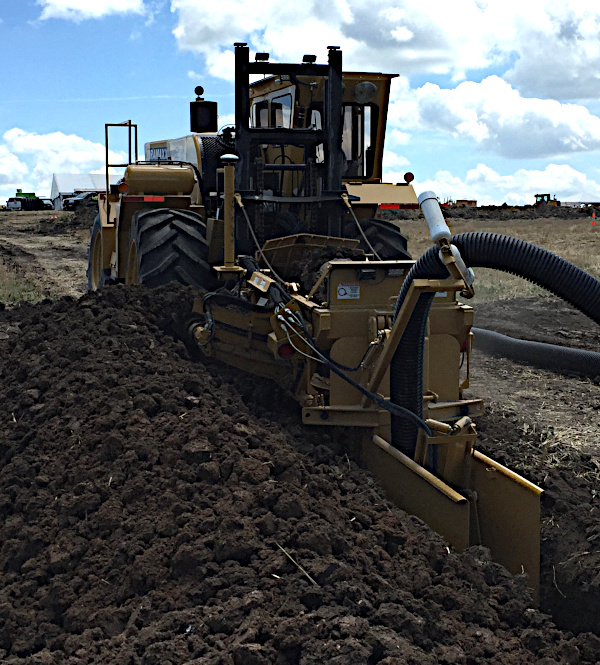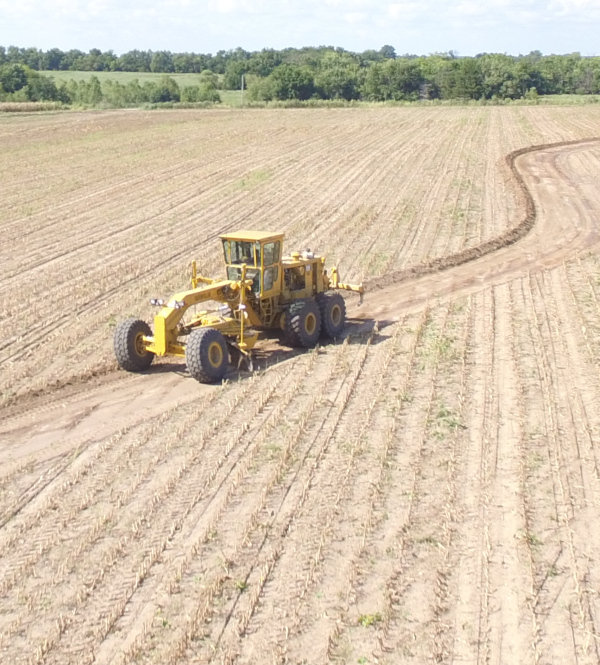CROP IRRIGATION MANAGEMENT
Irrigation Scheduling Impacts Crop Health and Farm Profits
If you apply too much water to a crop, there is a good chance that the water will run off the surface, or run through the soil profile. This results in higher pumping costs and wasted water. If you do not apply enough water, crop health suffers. This can result in lower yields. Understanding how water moves through the soil profile and how much water plants are using leads to better irrigation management and water scheduling.
Proper irrigation scheduling requires knowledge of crop water use, soil water holding capacity, and moisture applied through irrigation or rain. Keeping track of these parameters allows you to apply the right amount of water at the right time.
Regularly monitoring soil moisture and crop development in each field is necessary for successful irrigation scheduling. Irrigation monitoring uses a variety of tools including crop scouting, imagery, water probes, weather information and rain gauges.
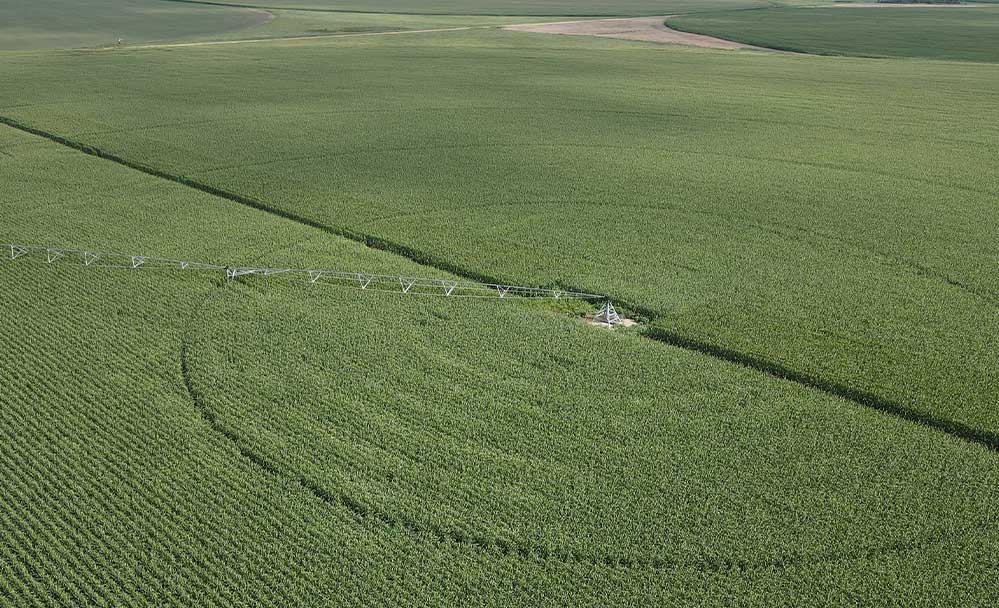
PRECISION IRRIGATION SERVICES
Boost Crop Water Use
Water is a precious resource, and it makes sense to optimize it’s use. Precision Irrigation combines technology and water scheduling to improve how water is applied to a field.
It starts with the soil. The soil affects everything in a field. So, it makes sense that the more we know about the soil, the better we can manage the field. Soil texture is a measure of the amount of sand, silt and clay in a soil. Which is connected to a soil’s ability to provide water and nutrients to growing crops.
To interpret water probes it is good to know what soil texture the water probes are planted in. By knowing the soil texture from the start, it helps avoid misinterpreted readings.
Management zones built with soil texture and elevation work well as base layers for Variable Rate Irrigation (VRI). VRI makes use of speed control on a pivot to change the water application rate. So, by knowing more about the soil textures in a field we can do a better job of applying the right amount of water at the right time and in the right place.
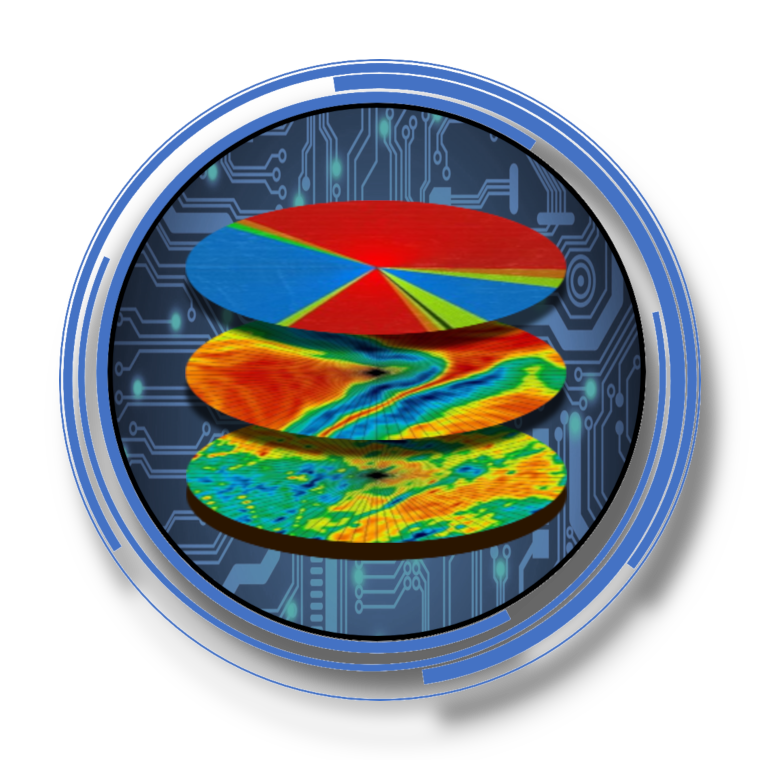
FARM DRAINAGE SOLUTIONS
Farm Topographic Surveys Lead to Drainage Solutions
Are you loosing crop production due to drainage issues?
Farm drainage affects crop yields and thus impacts field profits. It is easy to see that water causes damage in poorly drained fields. But have you ever measured the losses? Using yield maps and imagery the acres and yield lost can be easily checked. It is surprising at how quickly fixing poor field drainage will pay off.
Poor surface and subsurface drainage leads to wasted seed, fertilizer and other inputs. Sometimes, more inputs like fertilizer are applied to try and keep yields high. This band-aid approach results in higher costs and increases risk. Our Farm Drainage Solutions aim to fix the problem instead of putting a band-aid on the symptom.
Improving farm drainage results in increased crop yield potential and a reduced risk of soil erosion. So, use the best methods to move the least amount of soil and leave a legacy for future generations. Start with a farm topographic survey, design a farm drainage solution that works, then choose to either execute the plan yourself or connect with qualified experts.
Crop Quest and partners offer turnkey farm drainage solutions for lasting results that improve your farms bottom line.
